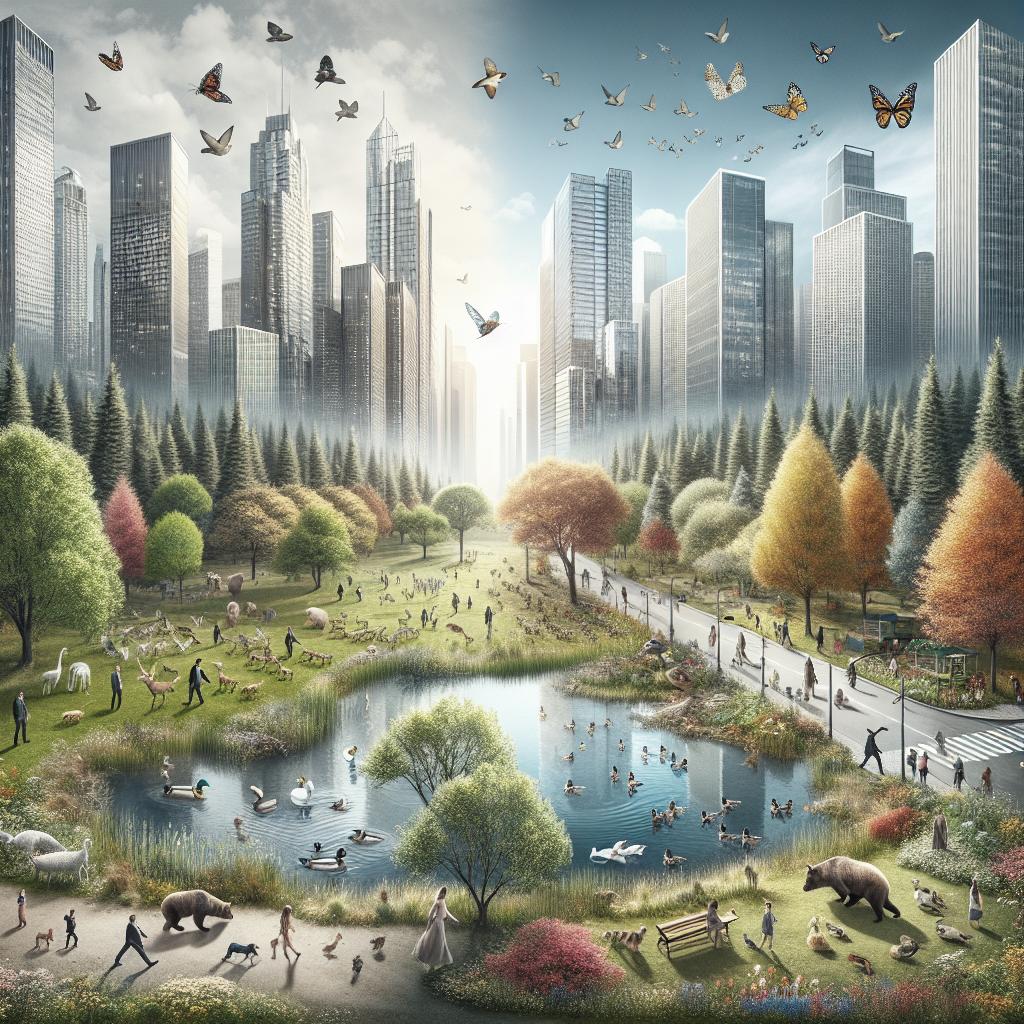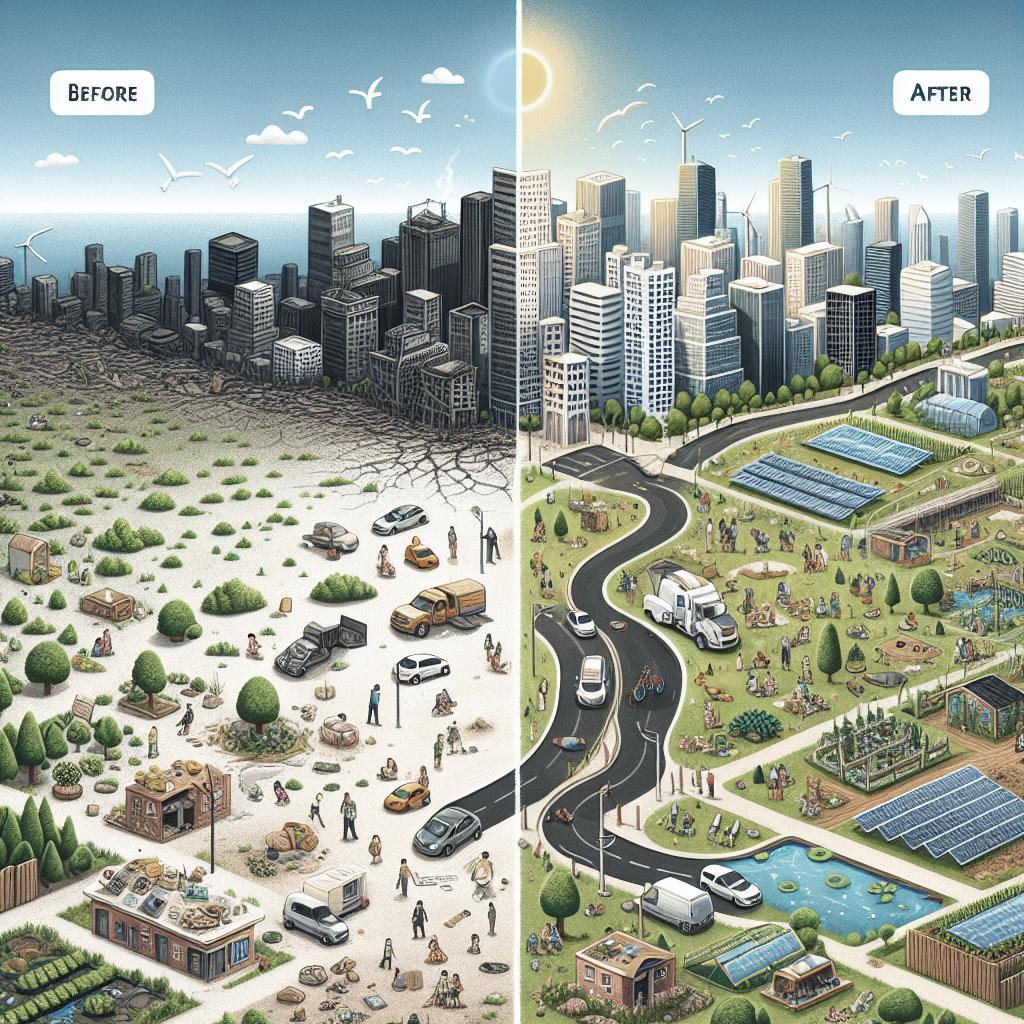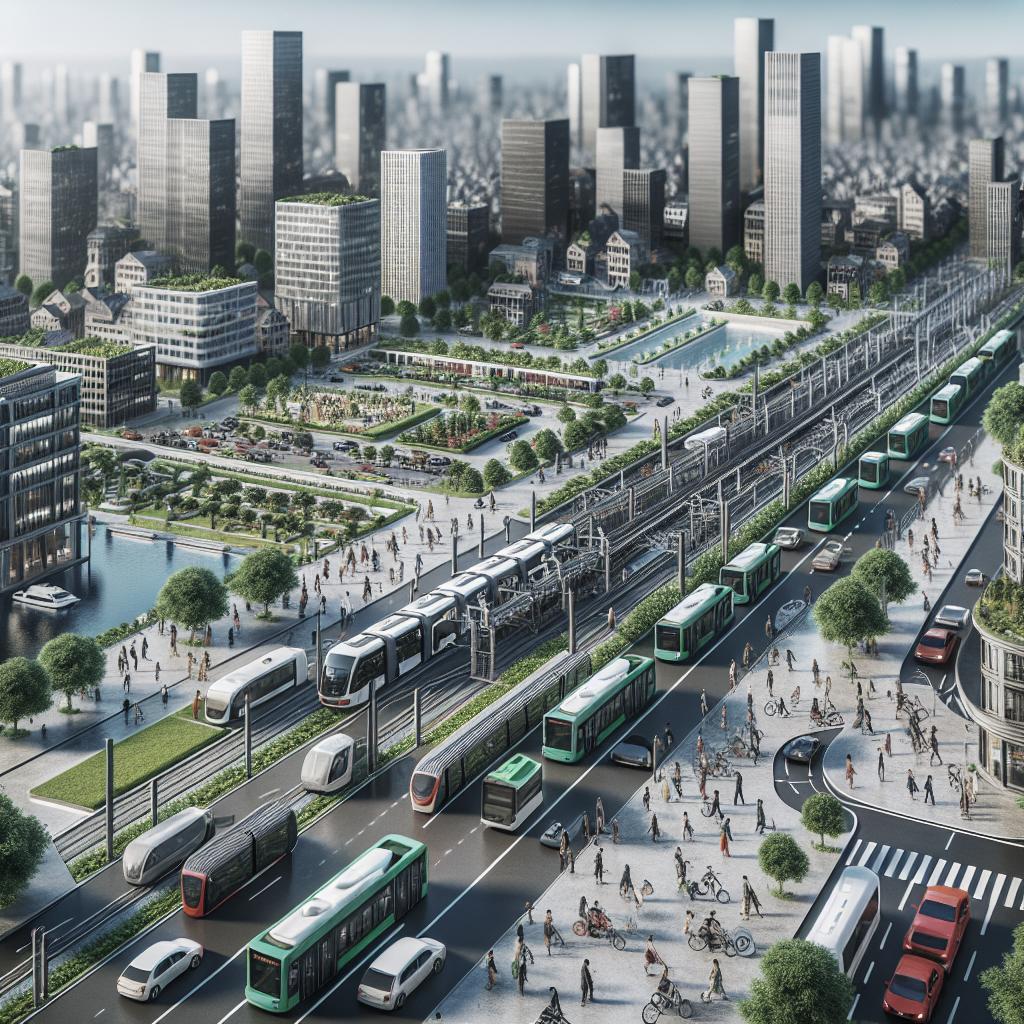<>
“`
Urban wildlife habitats are increasingly recognized as essential components of our cities and towns. These habitats provide numerous ecological, social, and economic benefits. They support biodiversity, enhance human well-being, and help in mitigating urban environmental issues like pollution and climate change. In this blog, we will explore the importance of urban wildlife habitats through various perspectives, touching on ecological balance, mental health, and innovative urban planning. We will also highlight some pioneering efforts in urban wildlife conservation.
Topics
Ecological Balance and Biodiversity
One of the primary reasons urban wildlife habitats are important is that they support and enhance biodiversity within city environments. Contrary to the common belief that cities are void of wildlife, many urban areas are home to a wide array of species. Green spaces like parks, gardens, and even vacant lots can provide essential habitats for birds, insects, mammals, and other flora and fauna.
This biodiversity is crucial for maintaining ecological balance. Each species plays a specific role in the ecosystem — from pollinators to decomposers. Urban wildlife helps in pest control, pollination of city gardens, and decomposition of organic matter, contributing to a healthier urban environment.
Human Well-being
Urban wildlife habitats have profound impacts on human well-being. Several studies have shown that access to green spaces and nature can significantly improve mental health. The presence of wildlife in these areas further enriches the experience, providing educational opportunities and fostering a connection to nature.
Moreover, regular interaction with green spaces and wildlife can help reduce stress, anxiety, and depression. It encourages outdoor activities like bird-watching, gardening, and walking, which are beneficial for physical health as well. Urban wildlife thus contributes to creating more liveable and healthier urban spaces.
Climate Change Mitigation and Environmental Benefits
Urban wildlife habitats play a critical role in mitigating climate change and addressing various environmental challenges in cities. Vegetation in urban areas helps in carbon sequestration, reducing the urban heat island effect, and improving air quality. Trees and plants act as natural air filters, trapping particulates and absorbing pollutants.
Additionally, these habitats can aid in stormwater management. Green spaces absorb rainwater, reducing the burden on city drainage systems and decreasing the risk of urban flooding. They also provide a more efficient way to manage heat and maintain cooler urban temperatures.
Innovative Urban Planning
The growing recognition of the importance of urban wildlife habitats has led to innovative urban planning methods that incorporate green infrastructure. Cities around the world are adopting practices like green roofs, vertical gardens, and wildlife corridors to integrate nature into urban landscapes.
These innovations not only support biodiversity but also improve the aesthetic value of urban areas, making them more attractive to residents and visitors. By including wildlife-friendly designs in urban planning, cities can create more resilient and sustainable environments capable of adapting to future challenges.
ALSO ON YALE E360
Urban Wildlife Case Studies: Lessons From Global Cities
Several cities serve as exemplary models of integrating urban wildlife habitats into their infrastructure. For instance, Singapore has implemented a City in a Garden strategy, creating extensive green networks that support a wide variety of wildlife. Similarly, London’s network of parks, gardens, and wildlife areas reflect efforts to prioritize biodiversity in urban planning.
These case studies offer valuable lessons in the potential benefits of urban wildlife integration, highlighting how such efforts can lead to improved quality of life, enhanced biodiversity, and a stronger sense of community among residents.
The Role of Citizens in Supporting Urban Wildlife
Citizen engagement is crucial in the success of urban wildlife initiatives. Public participation in activities like community gardening, local wildlife surveys, and conservation programs can significantly contribute to the success of these habitats. Encouraging responsible behavior and fostering a culture of appreciation for wildlife can result in more people taking action to protect and enhance urban biodiversity.
Moreover, educational programs and campaigns that raise awareness about the importance of urban wildlife can lead to greater public support and involvement, creating a more unified and concerted effort towards sustainable urban living.
Related Articles
How Urban Areas are Reversing the Decline in Pollinators
Pollinators are vital for maintaining the health of urban ecosystems. Some cities are now actively implementing bee-friendly policies and creating pollinator pathways to support the declining populations of bees and other pollinators. These efforts are helping to restore ecological balance and improve urban biodiversity.
Integrating native plants and creating small pollinator-friendly gardens and green spaces in urban areas can make a significant difference in supporting pollinator populations. These efforts also highlight the interconnectedness of urban ecosystems and the need for holistic approaches to urban planning and conservation.
Urban Forests: The Lungs of Our Cities
Urban forests play a critical role in maintaining the environmental health of cities. They help reduce air pollution, mitigate the urban heat island effect, and provide essential habitats for various wildlife species. Urban forest programs are increasingly being adopted as a vital component of sustainable urban development.
Efforts to expand and maintain urban forests contribute significantly to the overall well-being of communities. By investing in urban forestry, cities can work towards creating greener, healthier, and more resilient living environments for both humans and wildlife.
More From E360
Connecting the Dots: Urban Wildlife Corridors
Urban wildlife corridors are linear green spaces that connect larger habitats within cities. They provide safe passage for wildlife, enabling them to move freely and access resources. These corridors help maintain genetic diversity and reduce the negative impacts of habitat fragmentation.
Cities across the globe are now focusing on creating and maintaining these corridors to support urban biodiversity. Successful examples include the High Line in New York City and the Green Belt in Leipzig, Germany. These initiatives demonstrate the potential of urban wildlife corridors in enhancing urban biodiversity and connecting people with nature.
Wildlife-Friendly Urban Design
The concept of wildlife-friendly urban design is gaining traction as more cities recognize the value of integrating nature into their landscapes. This approach involves incorporating features like bird-friendly building designs, bat boxes, and pollinator habitats into urban planning.
By adopting wildlife-friendly designs, cities can create more harmonious environments that support both human and wildlife needs. This holistic approach not only benefits biodiversity but also improves the quality of life for urban residents, fostering a greater sense of community and connection to nature.
Lessons Learned
| Aspect | Details |
|---|---|
| Ecological Balance and Biodiversity | Supports a wide array of species and maintains ecological balance through pest control, pollination, and decomposition. |
| Human Well-being | Improves mental and physical health through access to nature and outdoor activities. |
| Climate Change Mitigation and Environmental Benefits | Reduces carbon footprint, cools urban areas, and enhances air quality through vegetation. |
| Innovative Urban Planning | Incorporates green infrastructure like green roofs and wildlife corridors in city planning for sustainable development. |
| Urban Wildlife Case Studies | Highlights successful global examples of integrating urban wildlife habitats into city infrastructure. |
| Role of Citizens | Emphasizes the importance of public participation in urban wildlife initiatives through community efforts and education. |
| Pollinator Support | Focuses on creating bee-friendly policies and spaces to support the declining populations of pollinators. |
| Urban Forests | Stresses the role of urban forests in environmental health, pollution reduction, and providing habitats for wildlife. |
| Urban Wildlife Corridors | Explains the importance of linear green spaces that connect larger habitats within cities. |
| Wildlife-Friendly Urban Design | Highlights the integration of features like bird-friendly buildings and bat boxes in urban planning. |
“`


